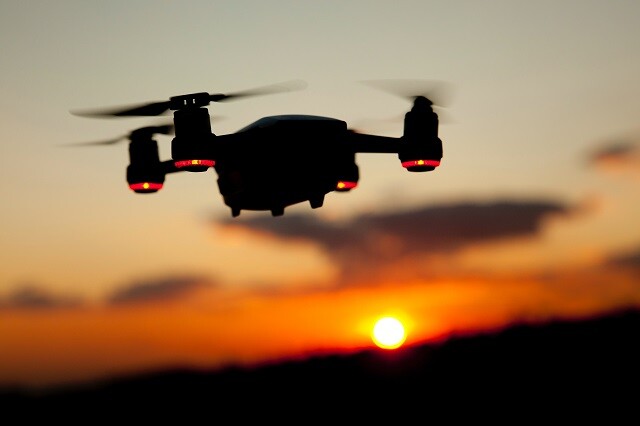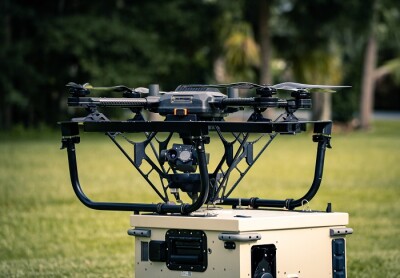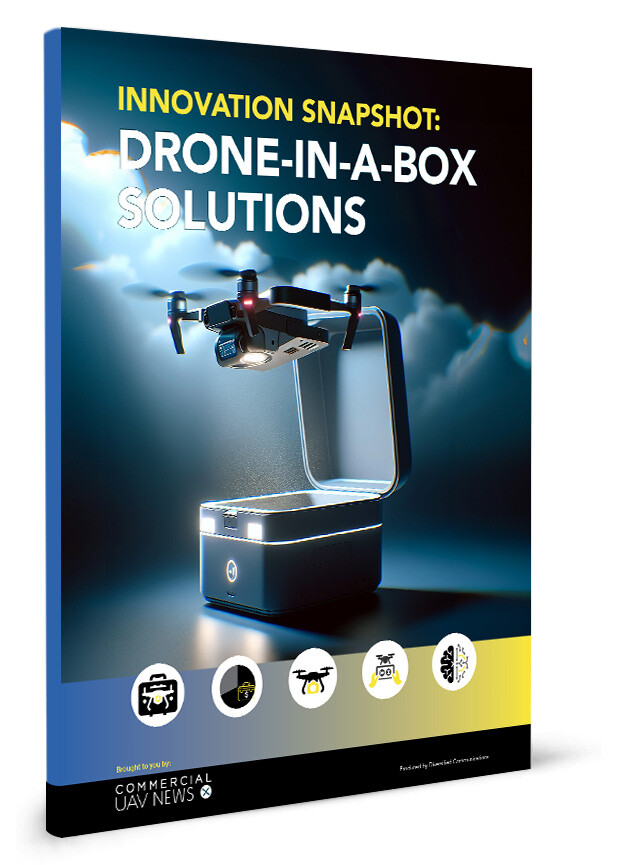For our weekly “Around the Commercial Drone Industry” news round-up, we look at new drone procurement guidance from AUVSI and DIU, how a drone show by Sky Elements impressed the judges on America’s Got Talent, and ways UAVs are helping inspect an underground nuclear waste repository in California.
AUVSI and DIU Offer Secure Drone Purchasing Guidance
With pending legislation that could ban DJI drones in the US and increased discussion around drone security, the Association for Uncrewed Vehicle Systems International (AUVSI) published a memo, “with validation from the Defense Innovation Unit (DIU), with procurement guidance and recommendations for federal government agencies; state, local, and tribal government agencies; public safety agencies; and private industry conducting sensitive missions using drones.” According to an AUVSI statement, “The memo’s release also follows the recent signing of a Memorandum of Understanding (MOU) between DIU and AUVSI to create a process for drone component manufacturers holding Green UAS certification to share their data directly with DIU. The objective is to facilitate the inclusion of certified components on DIU's Blue UAS Framework list, streamlining certification reviews for component manufacturers.”
Drone Show Wows “America’s Got Talent”
A team from Sky Elements presented a drone show during a recent episode of America’s Got Talent—and wowed the judges. Featuring 1,000 light-affixed drones that were “synched to music,” the show presented images of astronauts, American flags, and even caricatures of America’s Got Talent judges. The Sky Elements presentation was so impressive that star Simon Cowell broke show rules and hit his “Golden Buzzer” to praise the performance!
UAVs Inspect Underground Nuclear Waste Repository in California
From the Carlsbad Current-Argus in California, we learn of another way uncrewed systems are being deployed to perform dirty, dangerous, but essential tasks. A news story details how scientists at the Waste Isolation Pilot Plant in Carlsbad “began using aerial drones to scope out areas of the underground nuclear waste repository.” For the project, inspectors equip the drones with “onboard visual cameras with light detection, laser imaging, detection and ranging (LiDAR) to explore the mine remotely.” Information gathered by the drones will be used to determine if it is safe to send in human inspectors.




.jpg.small.400x400.jpg)










Comments